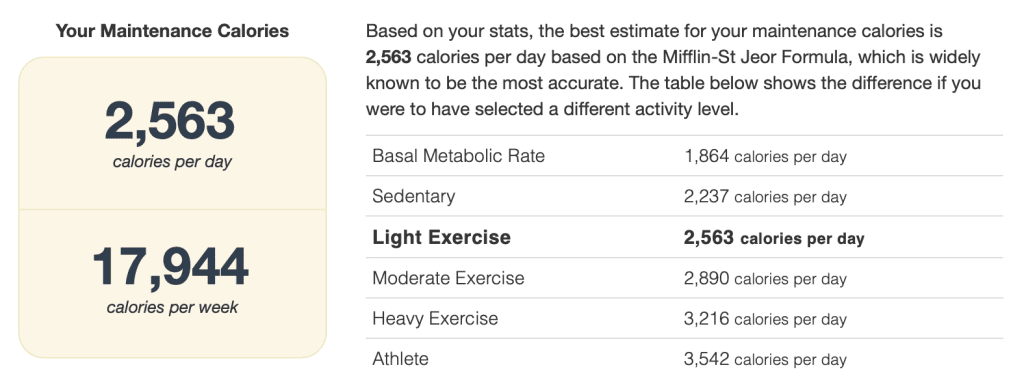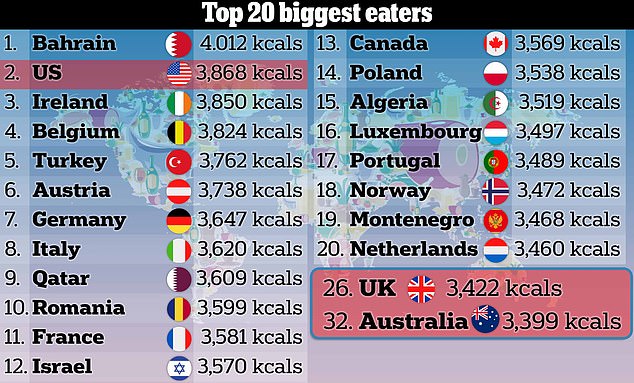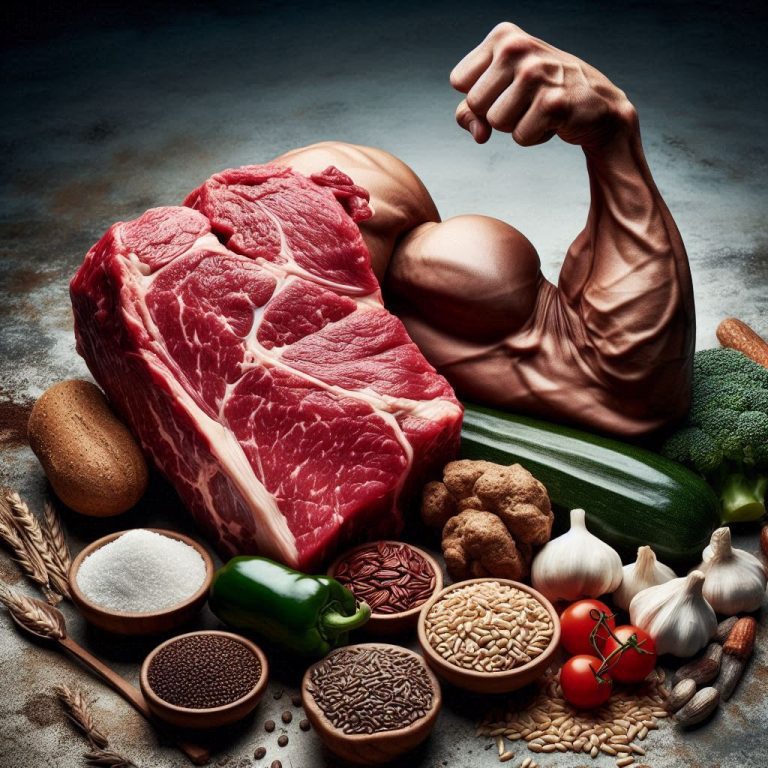Critical Thinking 102: Developing Critical Thinking Skills and Avoiding Disinformation with Real-Life Examples
Welcome back to our series on critical thinking! In our first post, we laid the foundation of developing critical thinking skills and exploring its importance and the basic steps one must take to work on this essential skill. We also examined the various mindsets one need to be able to have a questioning perspective in this day and age.
Today, we will dive deeper into the practical applications of critical thinking, particularly in evaluating scientific studies and media content. We’ll explore how to identify conflicts of interest, check funding sources, and understand the potential biases of authors. Additionally, we’ll debunk some common misconceptions and misinformation that many people believe but are unlikely to be true.
Evaluating Scientific Studies
Identifying Conflicts of Interest
When reading scientific studies, it’s crucial to identify any potential conflicts of interest. Here’s how you can do it:
- Check the Funding Sources: Scientific studies often list their funding sources at the end of the paper. Look for any funding from organizations or companies that might benefit from the study’s outcomes. For example, a study on the benefits of a specific drug funded by the pharmaceutical company that manufactures it could have a conflict of interest.
- Authors’ Affiliations: Review the authors’ affiliations and disclosures. Researchers with ties to certain industries or companies might have a vested interest in positive results.
- Conflicts of Interest Statements: Many reputable journals require authors to disclose any potential conflicts of interest. These statements are usually found at the end of the article or in a separate section.
Example: Evaluating a Nutritional Study
Imagine reading a study claiming that a new dietary supplement significantly improves cognitive function. To critically evaluate this study, you would:
- Check if the study was funded by the company producing the supplement.
- Look at the researchers’ affiliations to see if they have any connections to the supplement industry.
- Review the study’s methodology to ensure it was conducted rigorously and without bias.
Case Study: “What is Causing the Worldwide Rise in Body Weight?”
This scientific paper aims to determine the cause of the global obesity rise seen over the last half-century. A closer look reveals that it is funded by “The Coca-Cola Company.” Coca-Cola clearly has a vested interest in downplaying the role their products have had on the obesity epidemic. However, this doesn’t mean everything in the study is false or without value.

The funding points to likely bias by the authors. Despite this, the authors make some important points. For instance, they highlight that the caloric intake data from various sources, such as the UN, may be erroneous. (1, 2, 3,)

Here below we see an excerpt from the United Nations, HERE.

Even the United Nations are clearly caught peddling in disinformation. One kilogram of fat is 7,700 kcal. The Total Daily Energy Expenditure (TDEE) for an average height, average weight (90 kg/200 lbs) American male is:

The UN claims the average European and American consume ~3540 kcal per day. If this were true, given the average American male’s Total Daily Energy Expenditure (TDEE) is about 2500 kcal, it would imply an excess of 1000 kcal per day, leading to an annual weight gain of 45-50 kg. (365 000 / 7700) This is clearly not happening, indicating the data might be misleading.
TheDailyMail, hardly known for their credibility, created this beautiful image to make it easier for the lazy to consume this disinformation.

This highlights one of the biggest rewards from looking at biased information. It is likely to make a good argument against the prevailing belief, false or not. It is similar to “playing devil’s advocate”, in which you argue for a position you do not hold in order to gain an understanding of it. We must simply be cognizant of where the truth likely lies in order to not be falsely swayed the wrong way.
The Actual Truth
The truth is that TheDailyMail is quoting information from “OurWorldInData” which are using the bizarre measurement of “Dietary Energy Supply (DES)”.
They have this disclaimer at OurWorldInData: “This measures the quantity that is available for consumption at the end of the supply chain. It does not account for consumer waste, so the quantity that is actually consumed may be lower than this value.”, which clearly changes the meaning of the message. This is not the actual food that is being consumed, simply the food being produced and available for consumption.
This is not communicated anywhere by the United Nations or by TheDailyMail, making them clear peddlers of disinformation. Developing critical thinking skills makes us able to find out how the information has been misrepresented to push a narrative.
The truth is nuanced. We are more sedentary than we were decades ago, we are sitting around watching screens while the food availability, and especially unhealthy one, is it an all-time high. Therefore it would have been wrong to disregard everything in the Coca-Cola study based solely on who was funding it.
Practical Tips for Critical Thinking in the Digital Age
Diversify Your Sources
One of the best ways to avoid being the victim of disinformation is to diversify your sources of information. Don’t rely solely on one news outlet, website, or book. Explore different perspectives to get a well-rounded understanding of any topic.
Cross-Check Information
Always cross-check information with multiple reputable sources. This is especially important when dealing with controversial or complex topics. If several independent sources report the same facts, the information is more likely to be accurate.
Conclusion
In the information age, critical thinking is more important than ever. By understanding how to identify conflicts of interest, check funding sources, and recognize potential biases, you can make more informed decisions and navigate the complex information landscape. Remember to diversify your sources, cross-check information, and keep developing critical thinking skills, as they are more important today than ever before.





